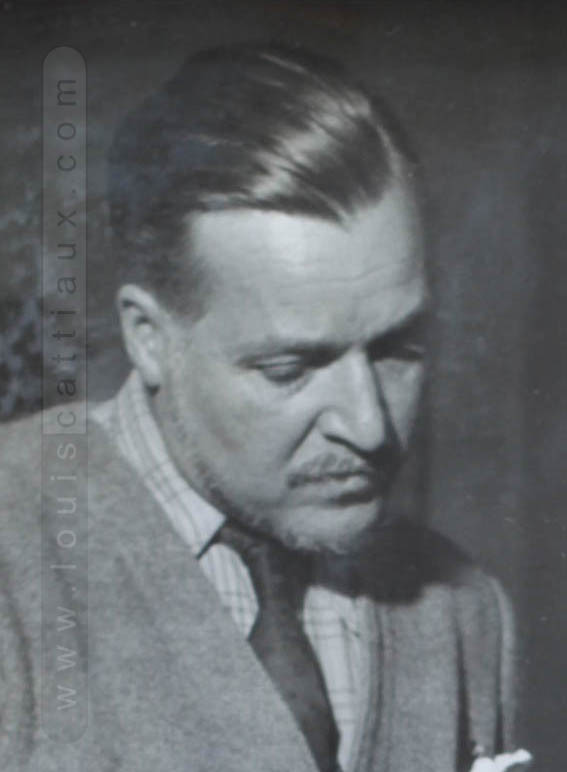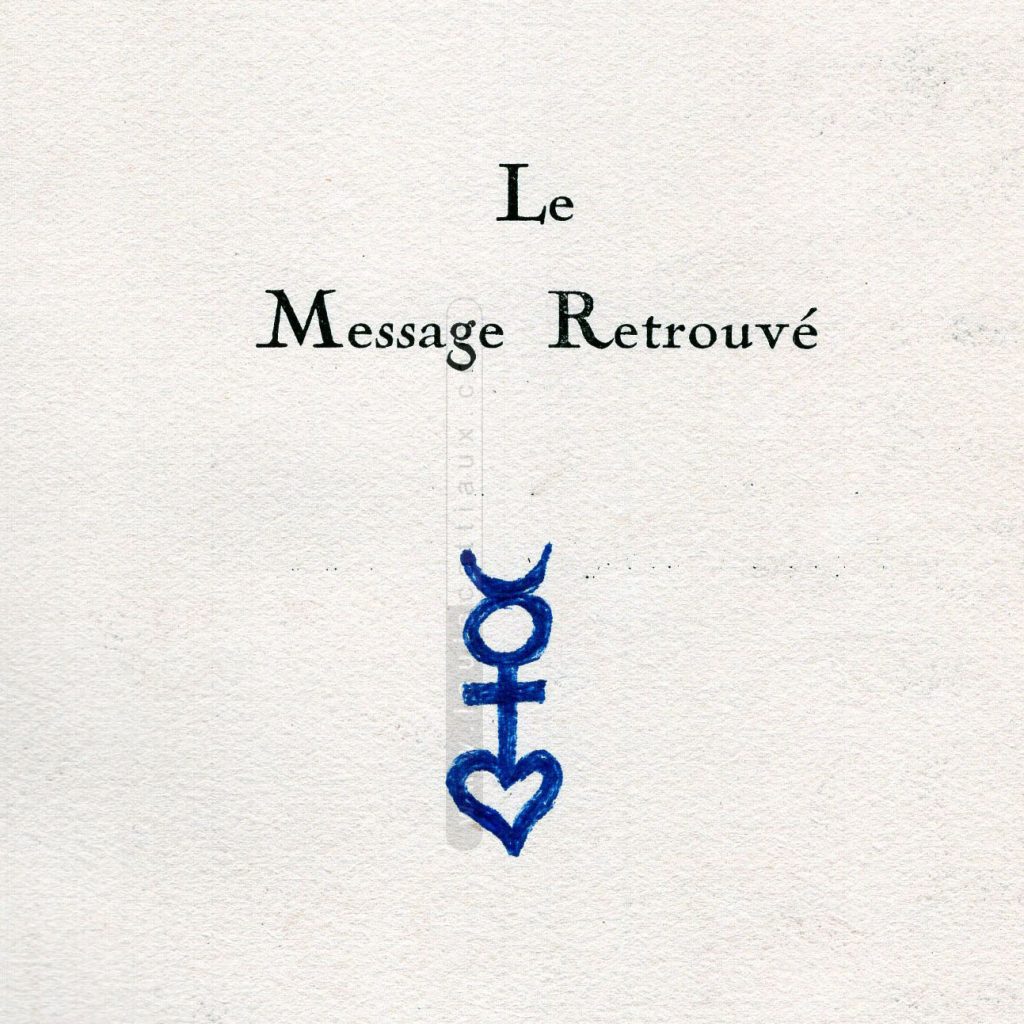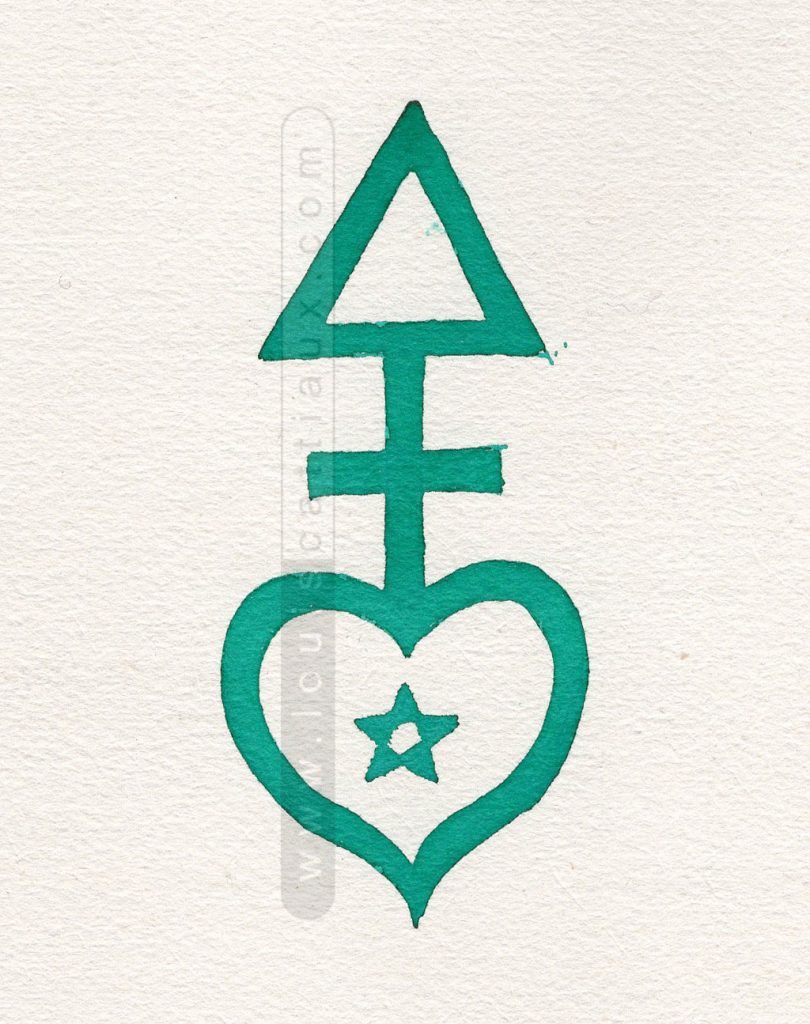Between 1980 and 1994, selected excerpts from letters by Louis Cattiaux to his friends were published continuously in the Belgian magazine «Le Fil d’Ariane» under the title Florilège cattésien.

We presented them in English in the book entitled The Collected Letters of Louis Cattiaux, Beya Publications, 2013, while respecting the order that Emmanuel d’Hooghvorst deemed appropriate when he made the selection. It includes the most interesting excerpts in terms of their philosophical and initiatory content. The fortunate French term florilège, quite rare in its English version florilegium, comes from the Latin flos, «flower», «the best» and legere, «to gather», «to choose»; anthology, from the Greek, is more common, and a near synonym.
The Collected Letters of Louis Cattiaux is an anthology of epistolary flowers by Louis Cattiaux, whose message, as specified by its compiler, always revolves around Art and the Great Alchemical Work.
When Emmanuel d’Hooghvorst presented this selection in 1980, he addressed, as we will see later, the readers of Louis Cattiaux’s The Message Rediscovered, as he explicitly considered these letters to be a complement to the book. An introduction to these Collected Letters for today’s reader must therefore analyze the close link that unites it to The Message Rediscovered, the masterwork of Louis Cattiaux. This relationship conceals much more than it seems. It contains an unusual and surprising story, like a miracle that occurred in the heart of the 20th century.
However, these Collected Letters can also serve as a starting point to access The Message Rediscovered, a sort of natural shortcut that leads to its reading and understanding. Compiled by Emmanuel d’Hooghvorst, it fits perfectly into The Message Rediscovered; it is its companion, an intimate and faithful friend. But one must ask why so much importance is attached to this relationship. A brief overview of events will help us better understand the wonderful adventure that surrounded the publication of The Message Rediscovered.
The story begins in 1938, when Cattiaux began writing a series of sentences or aphorisms that condense the dictation of a certain inspiration from a friendly muse; he titled these thoughts «Le Message Perdu», The Lost Message. For several years, he alternated his artistic quest with the writing of the work. In 1946, he considered the work complete and published it at his own expense, prefaced by Lanza del Vasto, under the title: The Message Rediscovered. The Message, which consists of twelve chapters, includes all the aphorisms that reflect his hermetic experience; they are numbered by verses and distributed in two columns.
The publication of The Message Rediscovered went almost unnoticed in the philosophical circles of Paris, the cultural hub at the time. It was only the developed intuition of René Guénon, already settled in Cairo, that felt something truly authentic in this original book, prompting him to write a review in the journal : «Les Études Traditionnelles», in which he expressed his surprise:
We do not know what the «specialists» of hermeticism, if however there still are some competent ones around, would think of this book and how they would appreciate it; but it is certain that it is far from being without importance and that it deserves being read and studied with care by everybody who takes an interest in this particular aspect of the tradition.
As the work followed its own path («Louis Cattiaux’s Message Rediscovered is a book – wrote Emmanuel d’ Hooghvorst – that chooses its readers»), Cattiaux continued writing verses at an ever- increasing pace, forgetting almost everything around him, until the 16th July 1953, when he passed away, struck down by a short but deadly illness. The number of chapters, twelve at the time of the first edition in 1946, had by that time reached forty; the term «chapter» had been replaced by that of «book», and the author had added the subtitle: «The Clock of God’s Night and Day», as well as the dedication: «This book is not for all, but only for those to whom it is given to believe the unbelievable»; Cattiaux had understood that in the rationalist era in which he lived, few possessed such a gift.
Without René Guénon’s review, Cattiaux’s work and the inspiration of his rediscovered muse would have remained completely unknown, buried under existentialism, psychoanalysis, surrealism, and so on. Amidst so much serious wisdom and erudition, simple truths can hardly stand out. Nevertheless, these few lines from Guénon served as a providential hook for some seekers who, like children, still believed that trees could talk. As we said, the first edition was self-published; thus it was to Cattiaux himself that those wishing to acquire the work had to turn. Among them was Baron d’Hooghvorst, who wrote about his encounter with the author:
Louis Cattiaux lived in Paris, on Casimir Périer Street, in the shadow of Sainte-Clotilde church, facing a small, peaceful, provincial square. On his visiting cards he wrote: «Louis Cattiaux, poet, painter and apothecary». In his mysterious shop front he painted strange and magnificent canvasses; hieratic virgins surrounded by forgotten symbols. He painted them with a rich, dense, brightly-coloured matter. He claimed to have rediscovered the secret of the ancient pictorial matter of the Van Eyck brothers, that professional secret that painters of old passed down by word of mouth and from master to pupil. His art was of a sacred nature, and his canvasses looked like pentacles; for that reason he was taken for a magician. He was also a healer, and provided those who asked him, wondrous ointments that had curative effects.
His tiny shop, magically decorated, seemed to encompass the whole universe. One could breathe in the perfume of some kind of Eden garden kept closely within; one returned often there, without much knowing why, perhaps simply attracted by the warmth. For a warmth never before approached, a warmth that was something quite other than ordinary cordiality, emanated from this man, along with the presentiment of an immense secret, alive, but jealously concealed, like the philosophical fish swimming in deep waters. He lived candidly, soberly, and poorly in the eyes of men, happy and joyful like a child, and, like children, without malice. He lived as a good family man between his wife, whom he loved and his son whom he often caressed tenderly. For he had a son, this man, a son who responded with a graceful miaou (meow) when his father took him in his arms and lovingly cuddled him, saying: «My big Jesus!» A magic cat, of course!
His friends wondered: «Who is he?» and without being able to answer the question precisely, they nevertheless said to themselves: «He is not like us». Cattiaux, what then was this secret life that shone within you? Had you discovered the jewel of eternity? Had you unravelled the enigma of this world?
The few rare seekers who, at the end of the author’s life, allowed themselves to be guided by their deep intuition to The Message Rediscovered, went to see Cattiaux to acquire a still unfinished book. They formed a deep friendship with him and even participated in the gestation of certain verses.
During the years between the publication of Guénon’s review and Cattiaux’s death, this small group of seekers supported the author in the development of The Message Rediscovered, and in 1956, after he had left this world, they took it upon themselves to publish the completed text at Éditions Denoël.
Cattiaux kept up an intense personal relationship with this group of friends passionate about his work; some of them did not live in Paris, which explains their regular correspondence. They wrote to each other almost daily to share their interest in the mysteries contained in the verses of The Message Rediscovered. The volume The Collected Letters of Louis Cattiaux is a selection of those letters.
The letters were written around the same time as the verses of The Message Rediscovered, and in many cases, they explain it directly or indirectly. Cattiaux speaks of his work, testifies to the reactions it provoked, explains certain verses, and addresses topics that would later become verses. On Louis’s death, his friends compiled the most interesting excerpts from his letters, mainly those that gave clues to the mysterious genesis of the book. Emmanuel d’Hooghvorst made the selection presented in edition of The collected Letters of Louis Cattiaux (2013). And this is why we said at the beginning that this Anthology cannot be separated from The Message Rediscovered: both have been guided by the same compass, and their fates are written in the same stars. But what is The Message Rediscovered? In an introductory text to the third edition, Emmanuel d’Hooghvorst wrote:
How can we define it? Not everyone will read it in the same way. The name of the book indicates the nature of its content: the message; the message of whom? From when? Why «rediscovered»? Was it lost? By whom? Why? How? Why was this title chosen by the author of these verses?
Without doubt, he is drawing on inspiration. Can it be discerned on these pages, at times difficult, enigmatic, tedious for some, but often also moving in their warmth, of a childlike poetry, faith and simplicity? Who are those readers who shall discern in this work a wisdom of unity as old as humanity itself: a wisdom of holiness, a wisdom of salvation? The Message Rediscovered is as though one were to say: the Revitalized Mystery; no longer taught in laboured fashion by historians, but experienced, assimilated and lived in the simplicity of the heart and of the spirit.
One must know how to leaf at random through these pages of phrases «condensed like liquid air», and therefore, surprisingly easy to read, where not a single word is superfluous, but all is arranged in a single sense that does not reveal itself on a first reading.
What can I say about The Message Rediscovered, I who has been reading it for thirty years, and who still finds it new? It is a vade mecum, that of exiles, a compass for those who are lost, the companion of the pilgrim.
Its author lived unknown, even to those who believed to know him. He conceived this book in the silence and abandonment of this world, he formed and polished the verses day after day, with a savoir-faire as graceful as it was scholarly.
Read in it, then, the faith of the Creator in his creature, you who experience, in this ending of a world, the fatigue and wearing away of all subtleties! You will like this book if you prefer the thing to words, wisdom that unites to unspeakable science, awareness to delirium. These verses are not impenetrable: they speak only to that part of us that is the most essential, and often – alas! – the most neglected or the most despised. That is why few appreciate it.
It is such people that the publishers of the Third Edition of Le Message Retrouvé wish to serve, those who are weary of a world without any loop-hole of escape, of a world more and more estranged from that which is truly human, of a world where the ancient wisdom appears derisory and useless. Those shall see that only one man was needed…
The Message Rediscovered was written in a direct, concise and unequivocal manner; each word and each comma are carefully weighed up; it is wholly authentic and scarcely controversial at all. But these Collected Letters are different: the letters were dashed off with flowing pen, spontaneously; we find in them a Cattiaux who delves into current affairs, who debates, who condemns, who rejoices…
We should not overlook the fact, though, that these letters were, of course, not written with the intention of their being published. They are different kinds of texts, but lovingly united to The Message, as both deal with the mystery of the regeneration of man.
It is in The Message Rediscovered that Louis Cattiaux expresses his essential and substantial inspiration, but something of that creative power can also be felt in his letters. They will undoubtedly be of use to more than one sincere seeker who BELIEVES THE UNBELIEVABLE, and will give them a way into The Message Rediscovered, to enter its halls and share its ambrosia.



